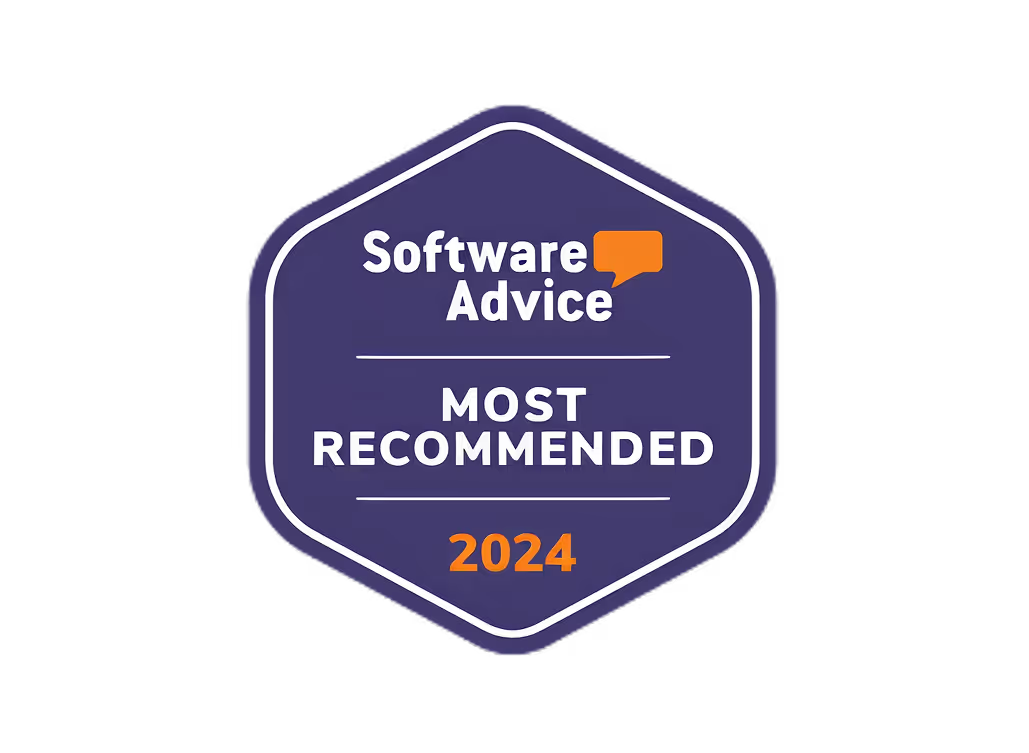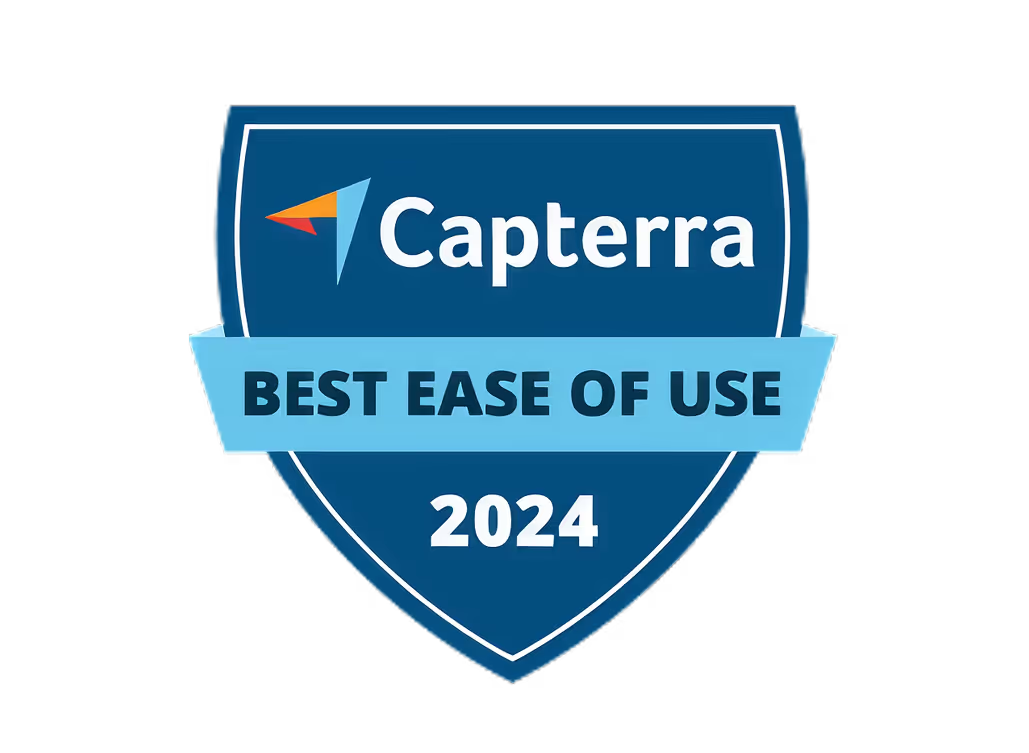Video Ad Permissions: Best Practices 2024

To run compliant video ad campaigns in 2024 and avoid legal issues, you must:
- Understand legal requirements around using personal data, copyrights, and trademarks
- Obtain written consent from talent and licenses for copyrighted material before production
- Keep detailed records of all permissions, including signed forms, contact details, and usage details
- Use databases or software to centrally store and track permissions, renewals, and expirations
- Review and follow advertising rules and guidelines from authorities like the FTC and industry groups
- Stay updated on emerging trends like AI-generated content and changing privacy expectations
Key Considerations:
AspectDescriptionLegal RequirementsLaws around using names, images, voices, likenesses, and intellectual propertySecuring PermissionsGet talent release forms and license agreements before productionDocumentationMaintain records of permissions, forms, contact info, and usage detailsOrganizationUse tools to centrally manage permissions, renewals, and expirationsComplianceFollow FTC rules, industry guidelines, and avoid misleading claimsEmerging TrendsAI content, new ad formats, data privacy laws, and consent requirements
As video advertising evolves, prioritize transparency, user consent, and effective permission tracking to ensure compliance and reduce legal risks.
Getting Permissions
Getting permissions is a must to avoid legal issues when running video ads. Here's what you need to know:
Legal Requirements
In the US, you need permission to use someone's:
- Name
- Image
- Voice
- Likeness
Not getting proper permissions can lead to lawsuits for things like:
- Privacy violations
- Defamation
- False endorsement
You also need permission to use copyrighted material, trademarks, or other intellectual property in video ads.
Securing Permissions
To secure permissions, you'll need talent to sign a release form. This form should clearly state:
Form DetailsDescriptionWhat it's forThe purpose of using their name/image/voice (e.g., a video ad)LimitationsAny restrictions on how it can be usedDurationHow long you can use it for
It's best to get permissions in writing before filming or production.
Permission TypeDescriptionRelease FormA written agreement between you and the talent, outlining the terms of use.License AgreementA contract granting permission to use copyrighted material or trademarks.
Documenting Permissions
Keep detailed records of all permissions, including:
- Signed release forms
- Contact information for talent
- Dates and details of usage
Good documentation protects you if there are any disputes down the line.
Managing Permissions
Keeping track of permissions is key for smooth video ad campaigns. Here's how to stay organized and handle renewals:
Organizing and Tracking
- Create a central database or spreadsheet to store all permission records, release forms, license agreements, and talent contact details.
- Use clear file and folder names to easily find permission documents.
- Set up a calendar to track upcoming permission renewals or expirations.
Permission Management Tools
Tools can help manage permissions efficiently:
ToolDescriptionAd ManagerPlatform for managing video ad campaigns, including permission tracking.Permission Management SoftwareTools designed specifically for managing permissions, with features like automated reminders.
Renewals and Expirations
For permission renewals or expirations:
- Set reminders for upcoming renewals or expirations to take action on time.
- Regularly review and update permission records to reflect changes.
- Have a clear process for handling expired or revoked permissions to minimize campaign disruptions.
Compliance and Risk Management
Following advertising rules and guidelines is crucial to avoid legal issues and financial penalties when running video ads. Here's what you need to know:
Advertising Regulations
The Federal Trade Commission (FTC) regulates online advertising and marketing. Their rules prohibit misleading or deceptive ads. Advertisers must:
- Ensure ads are truthful
- Back up claims with evidence
The FTC can issue penalties for violations of their regulations.
Additionally, industry groups like the Digital Advertising Alliance (DAA) have guidelines for video ads that advertisers must follow.
Risks of Unauthorized Content
Using content without proper permissions can lead to:
- Lawsuits
- Fines
- Damage to brand reputation
Unauthorized use of:
- Copyrights
- Trademarks
- Patents
Can result in expensive legal action.
Avoiding Risks
To comply with regulations and avoid risks:
- Review and understand relevant rules and guidelines
- Ensure ads are truthful and claims are backed up
- Obtain proper permissions and licenses for all content
- Implement a system to track and organize permissions
- Regularly review and update permission records
- Have a process for handling expired or revoked permissions
Compliance MeasureDescriptionReview RulesUnderstand advertising regulations and industry guidelinesTruthful AdsEnsure ads are truthful and claims are substantiatedObtain PermissionsGet proper licenses and permissions for all content usedTrack PermissionsUse a system to organize and manage permissionsUpdate RecordsRegularly review and update permission detailsHandle ExpirationsHave a process for expired or revoked permissions
Following these measures helps avoid legal issues, fines, and reputational damage when running video ad campaigns.
sbb-itb-606b7a1
Future Trends and Considerations
Changing Permission Needs
As we move into 2024, the video ad industry will face new challenges in managing permissions. The rise of AI-generated content and deepfakes will require updated rules and guidelines. Advertisers must find ways to protect intellectual property rights and ensure proper permissions.
New ad formats like shoppable ads and augmented reality experiences will also demand better permission tracking. Advertisers must prioritize transparency and user consent to build trust.
Impact of New Tech
AI tools will help advertisers track permissions more efficiently, reducing risks. However, AI-generated content raises questions about ownership and permissions.
Deepfakes, in particular, will be difficult to identify. Advertisers need strategies to ensure they have the right permissions for using deepfake content without infringing on rights.
Deepfake ChallengesDescriptionIdentifying Real vs. FakeDistinguishing between real and AI-generated contentOwnership RightsDetermining who owns the rights to deepfake contentPermission RequirementsEstablishing clear guidelines for using deepfakes legally
Emerging Ad Formats
Interactive ad formats like shoppable videos and AR experiences blur the line between ads and content. Advertisers must:
- Ensure user transparency about data usage
- Obtain explicit consent for data collection
- Develop new permission frameworks for these formats
New Format ConsiderationsDescriptionUser TransparencyClearly explaining how user data is collected and usedConsent RequirementsObtaining explicit permission from users for data usagePermission FrameworksCreating guidelines for managing permissions in new ad types
As video advertising evolves, staying compliant with permissions will require adapting to new technologies and consumer expectations around privacy and consent.
Conclusion
As we wrap up our discussion on video ad permissions for 2024, it's crucial to stay updated on the latest requirements. The video ad industry keeps evolving, with new technologies, formats, and consumer expectations shaping its future.
To remain compliant and reduce risks, advertisers must prioritize:
- Transparency: Clearly explain how user data is collected and used.
- User Consent: Obtain explicit permission from users for data usage.
- Permission Tracking: Implement systems to organize and manage permissions efficiently.
Understanding legal requirements, securing necessary permissions, and maintaining accurate documentation is essential. Effective permission management tools and strategies can streamline the process and prevent unauthorized content usage.
Moving forward, stay informed about emerging trends, technologies, and regulations. Consult legal professionals for specific advice, and always prioritize user trust and consent. Following these best practices will ensure a smooth and compliant video advertising experience.
Key Considerations
AspectDescriptionLegal RequirementsUnderstand laws and regulations around using personal data, copyrights, and trademarks in video ads.Securing PermissionsObtain written consent from talent and licenses for copyrighted material before production.DocumentationKeep detailed records of all permissions, including signed forms, contact information, and usage details.OrganizationUse databases or software to centrally store and track permissions, renewals, and expirations.ComplianceReview and follow advertising rules and guidelines from authorities like the FTC and industry groups.Emerging TrendsStay updated on new ad formats, AI-generated content, and changing consumer expectations around privacy and consent.
Permission Management Tools Comparison
Features
When choosing a permission management tool, consider these key features:
- Permission tracking: Store and track permissions, renewals, and expirations in one place.
- Automated workflows: Streamlined processes for obtaining and managing permissions, with automated reminders.
- Collaboration tools: Allow multiple team members to collaborate on permission management, with commenting and task assignment.
- Customizable templates: Pre-built templates for common permission requests, like talent releases or location permits.
- Integration: Seamless integration with existing marketing and content management systems.
Pricing
Permission management tool costs can vary based on features and scale:
Pricing ModelDescriptionSubscriptionMonthly or annual fees based on users or permissions managedPay-per-useFees based on the number of permission requests processedCustomTailored pricing for large enterprises or complex needs
Integration
Effective tools should integrate with other systems, including:
- Content Management Systems (CMS): Streamline permission management for digital content.
- Marketing Automation Platforms: Automate permission workflows and notifications.
- Project Management Tools: Enable collaboration and task assignment.
User Experience
Look for tools with:
- Intuitive interfaces: Easy-to-use for managing permissions.
- Customizable dashboards: Personalized dashboards for tracking permissions.
- Mobile accessibility: Manage permissions on-the-go.
Scalability
As businesses grow, consider tools that offer:
- Scalable architecture: Cloud-based infrastructure to handle large volumes of permission requests and data.
- Flexible pricing plans: Pricing that adapts to changing needs.
- Customizable workflows: Workflows tailored to unique business requirements.
FAQs
What are the FTC requirements for advertisements?

The Federal Trade Commission (FTC) requires that claims made in advertisements must be truthful and not misleading. Advertisers cannot make deceptive or unfair statements. They must also have evidence to back up any claims made in their ads. For certain products or services, additional rules may apply.
What is OBA compliance?
OBA stands for Online Behavioral Advertising. As per your contract with Google Marketing Platform, your ads must comply with OBA guidelines. In the European Economic Area (EEA), ads must display required transparency information and include a way for users to report illegal content.
RequirementDescriptionTruthful ClaimsAds cannot make false or misleading statements.Evidence-BasedClaims in ads must be supported by factual evidence.Additional RulesSome products/services may have extra rules to follow.TransparencyIn the EEA, ads must show required regulatory information.Reporting MechanismEEA ads must allow users to report illegal content.


















